Late yesterday afternoon I decided to look for Snowy Owls. About 30 minutes before sunset I spied the Snowy Owl documented in this post, but with less than ten minutes till sundown, I thought Snowy was not going to grant me anything but “perched images”. I decided to climb atop a nearby snowbank in order to get more on the level with the owl, and I then hoped …
Jackpot! The owl took off right at me and flew directly over my head with only 6 to 8 feet to spare. Wow! Here is one of my favorites of the take-off sequence, but it was hard to choose “a best”. The eight take-off photos took place over a duration under two seconds.
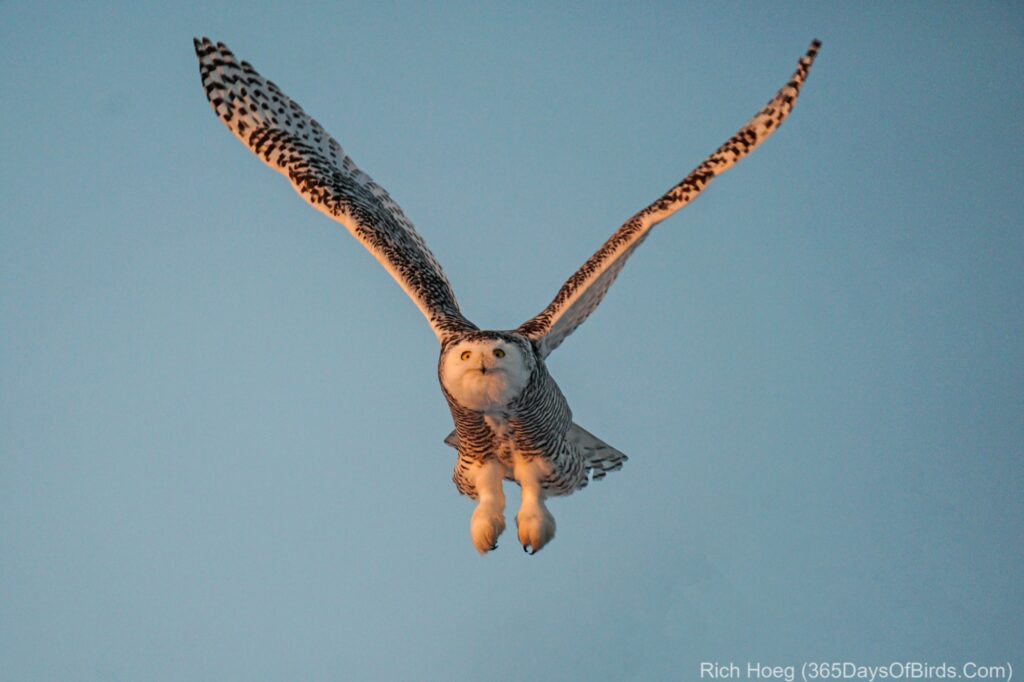
For over 20 minutes I first watched a sleepy owl … camera at the ready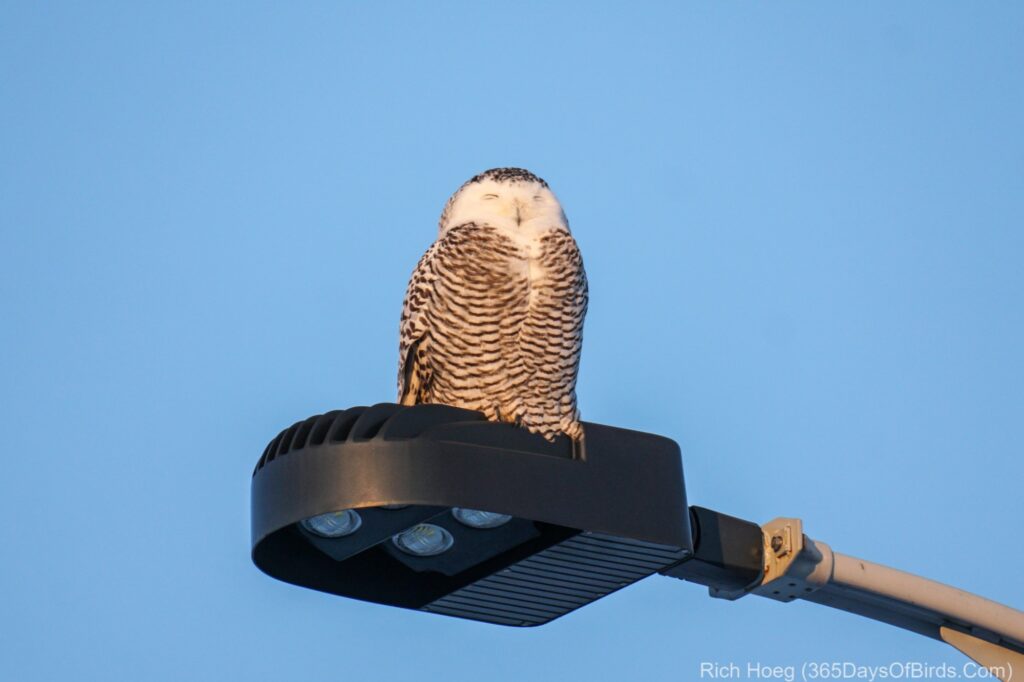
Now for the educational part of this post. Someday I hope to travel to the Arctic during the summer and watch snowies as they breed on the tundra. Planning for a trip like this is made difficult because unlike most birds, Snowy Owls do NOT return to the same area each summer. These owls may summer hundreds and hundreds of miles from where they were the previous year. These birds follow their prey which in the warm months means lemmings.
For the migration Snowy Owls follow waterways and their preferred prey south such as flocks of Snow Geese as the geese travel to winter habitat. Many of my friends hunt Snow Geese late each Fall over in North Dakota. They inform me the flocks of Snow Geese always have nearby Snowies.
Here is a recent image published by
Project Snowstorm of over one million migration points. This wildlife organization tags Snowies with GPS solar array powered bands. The information on the Snowies path is downloaded/uploaded either by satellite or cellular phone.
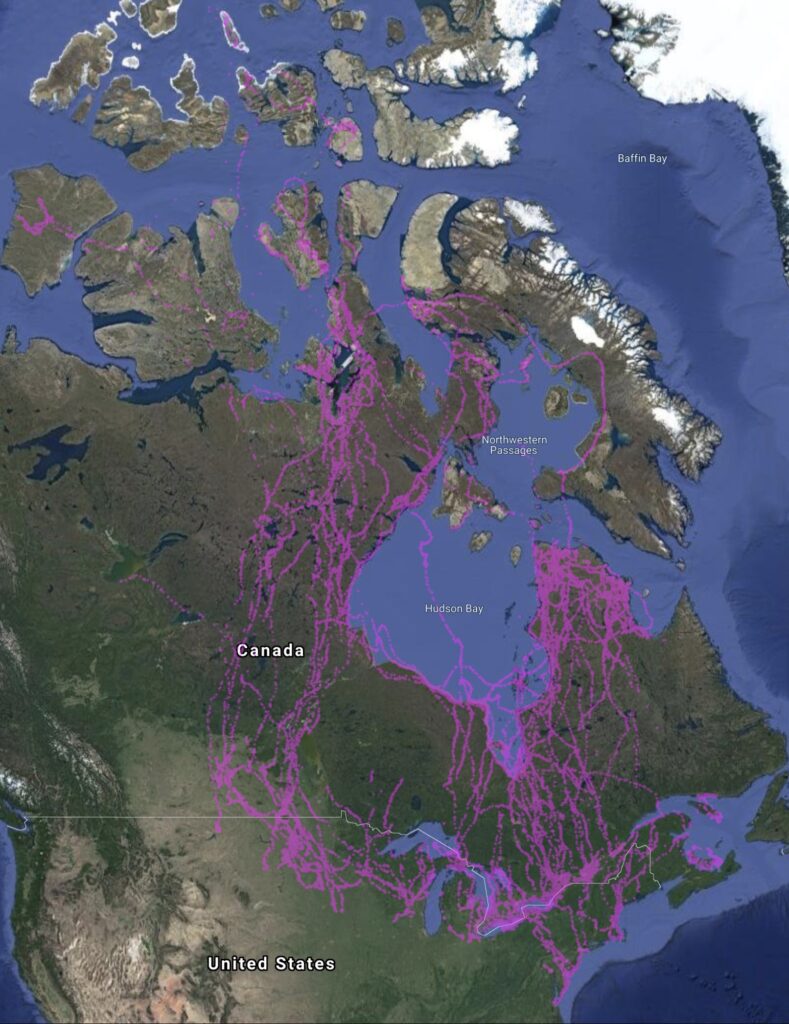
While Duluth does not have many Snowy Owl migration paths present, do not read into that fact the lack of Snowy Owls. Rather, we have not yet banded Snowies in this manner. Eventually I hope our local wintering birds will become part of Project Snowstorm. I have personally helped fund, and look forward to help begin a study done in a similar manner of Northern Hawk Owls. Our first GPS / solar array powered bands will be tagged on birds during the summer of 2022.
Discover more from 365 Days of Birds
Subscribe to get the latest posts sent to your email.


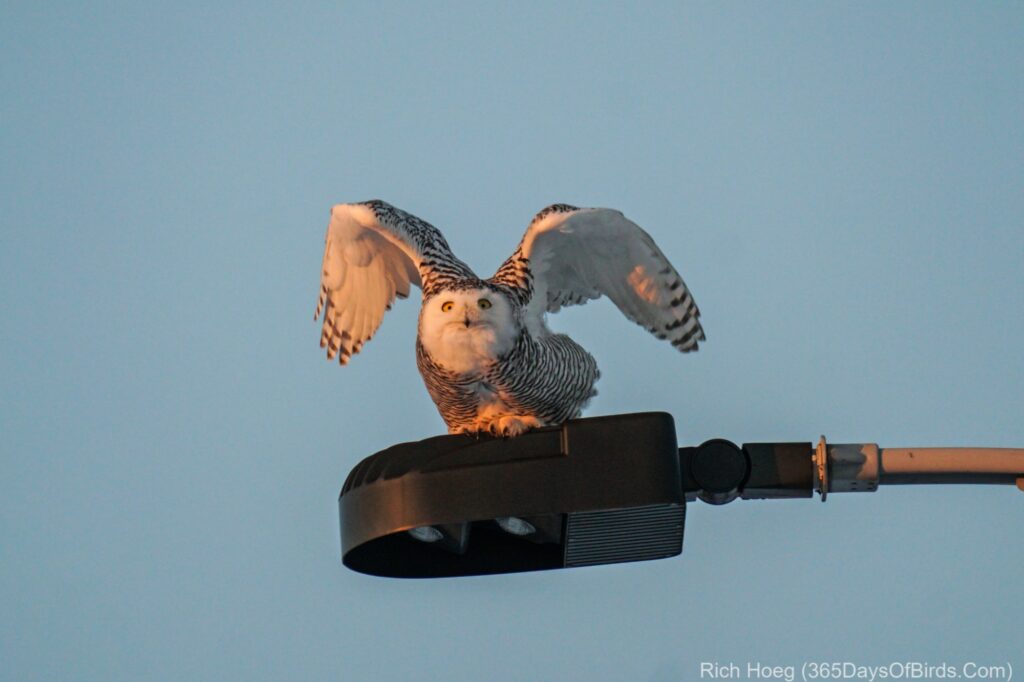
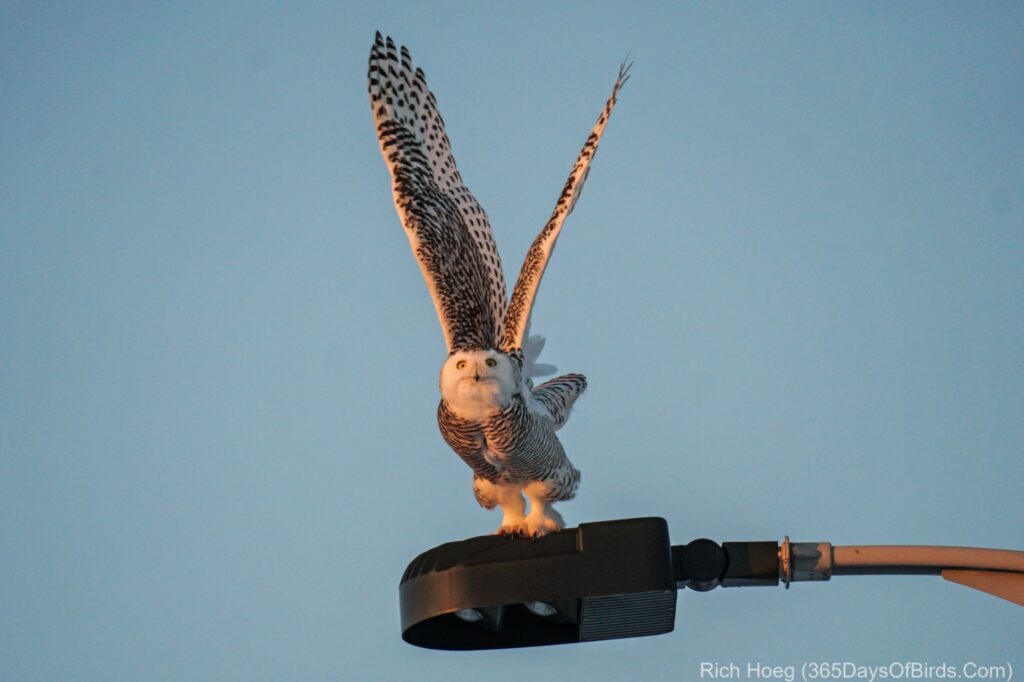
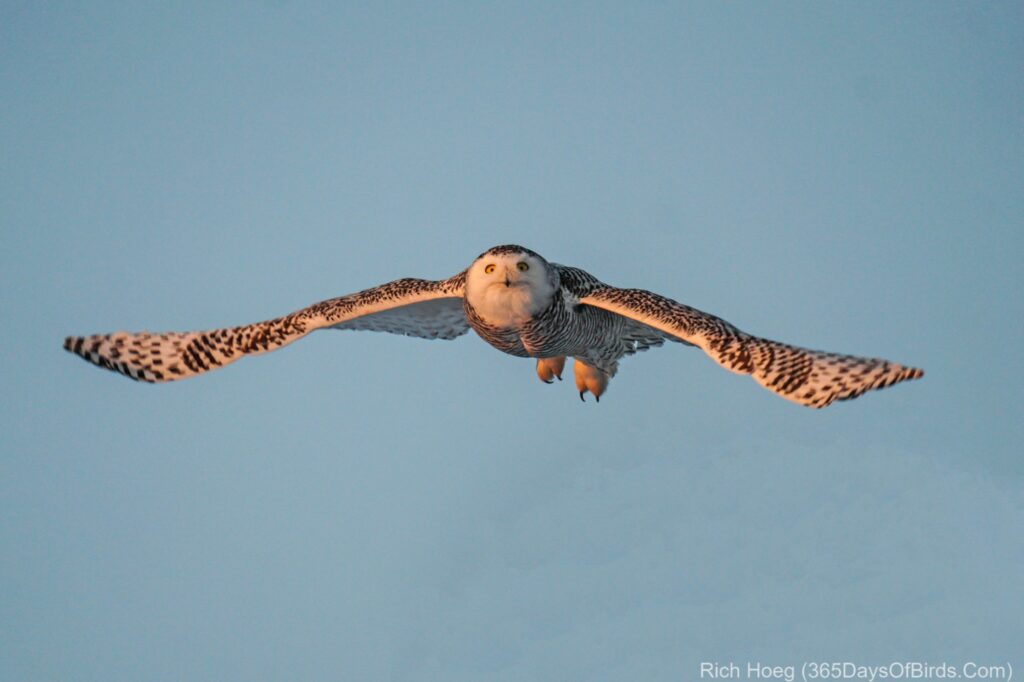
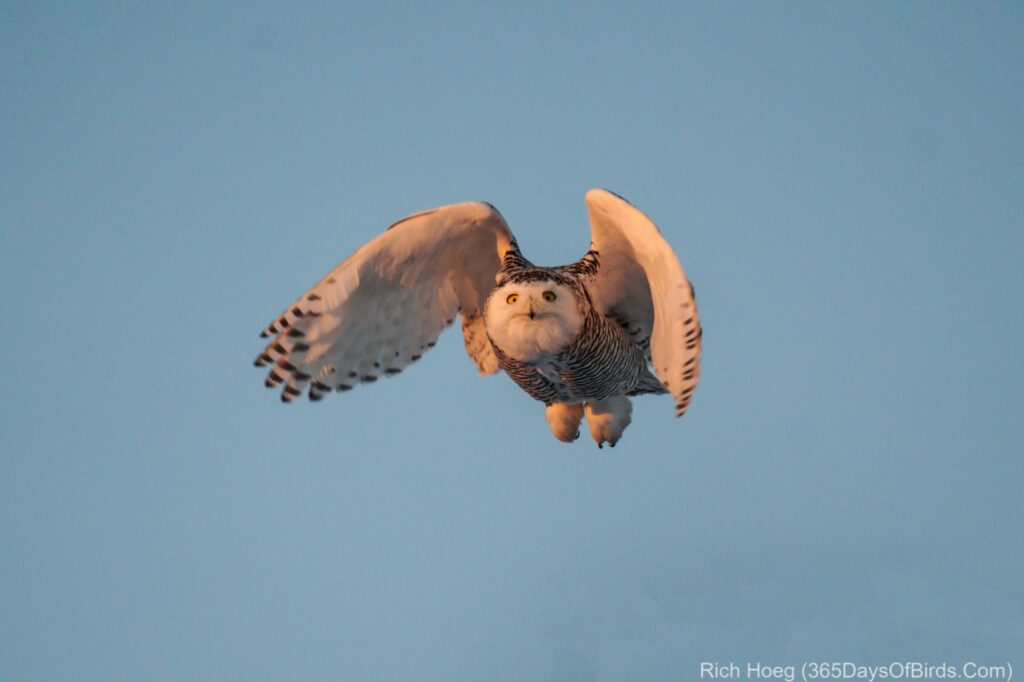
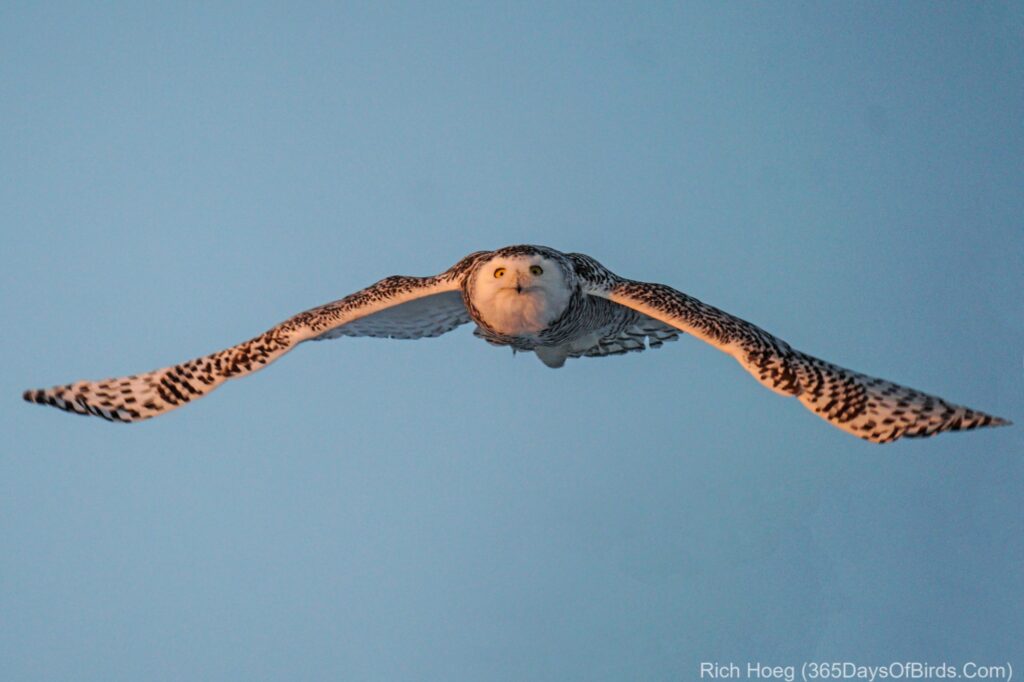
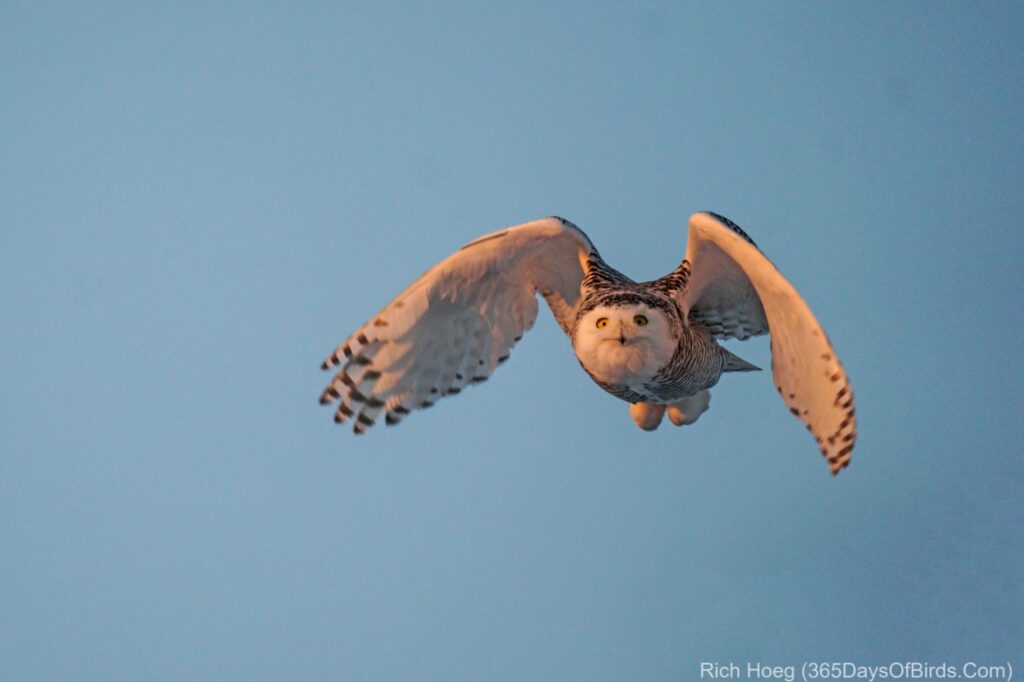
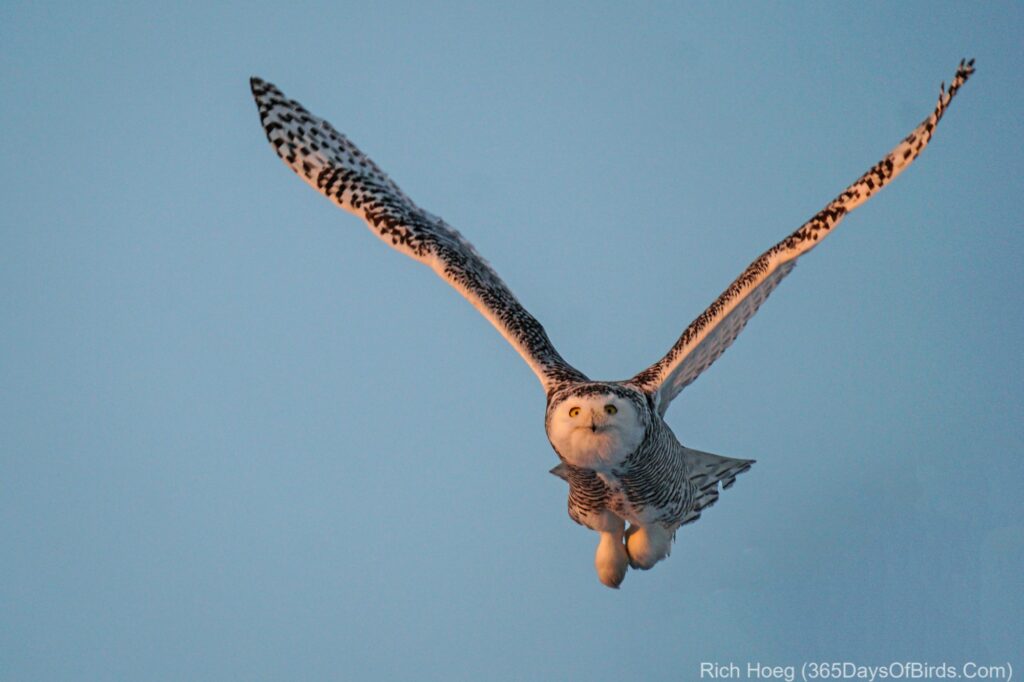

beautiful!
Wow! Great pictures of take-off!